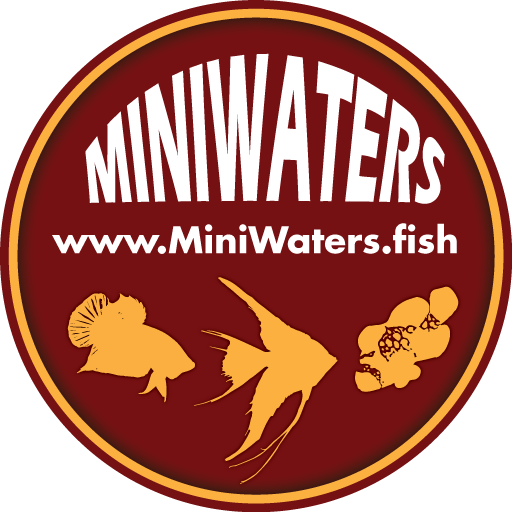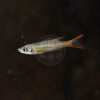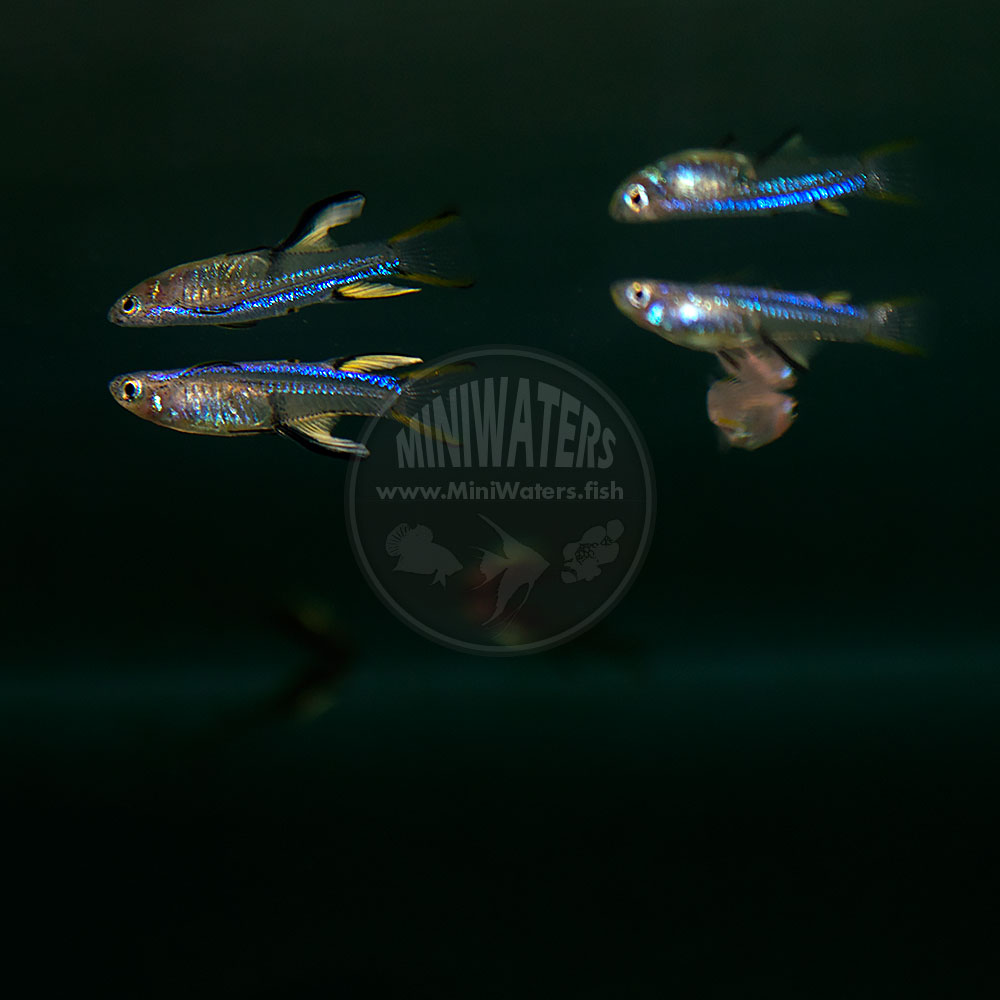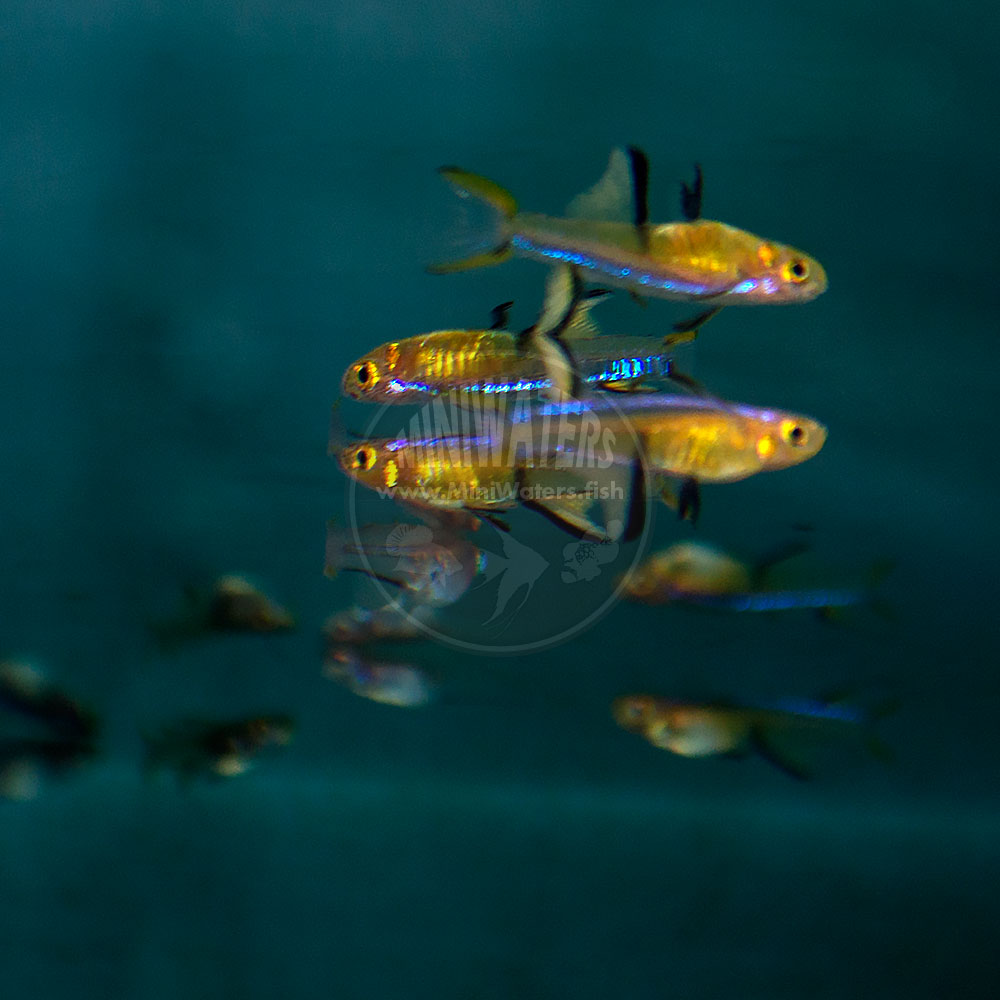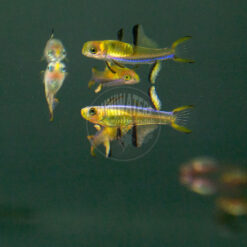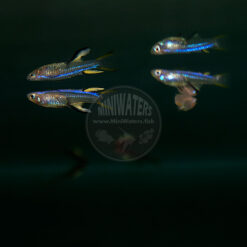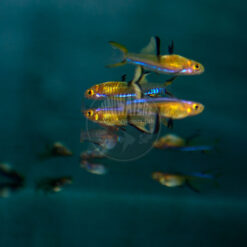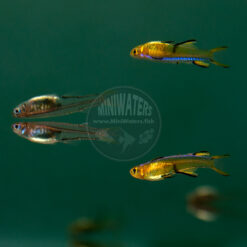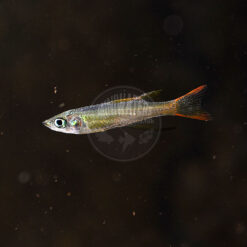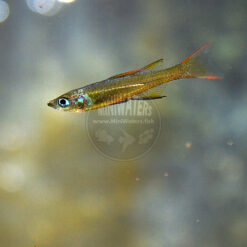Pseudomugil cyanodorsalis “Blueback Blue-eye Rainbowfish”
Price range: $15.00 through $150.00
Pseudomugil cyanodorsalis, the Neon Blueeye or Blueback Blueeye Rainbowfish, is one of those rare, arcane Rainbowfishes that I think most of us only dream about, so when the opportunity came around to make them more available to the hobby and trade, I absolutely jumped at it. This is a schooling fish, I would not recommend purchasing only one or two as you'll not get to see the males fired up and showing off; most sources recommend 8-10 or more. This species is on the small side for the Blue Eyes, but beyond its obvious overtly good looks, its predilection for being a brackish-water fish is the one thing probably preventing it from being a ubiquitous worldwide hit like the related Furcata Rainbowfish.
Learn more about the care and purchasing of Pseudomugil cyanodorsalis below.
